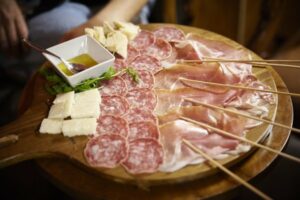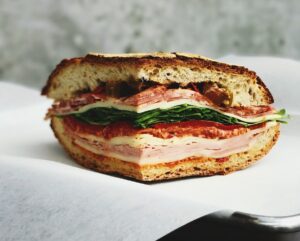Last Updated on November 22, 2025 by Emma Fajcz | Published: January 20, 2022
We here at Devour Tours love the kinds of stories that food can tell us about a place. So when there’s a food story that includes witchcraft, Marilyn Monroe, and the Roman god of thunder, we’re even more eager to share.
Few foodstuffs inspire devotion like the truffle—and we don’t mean the chocolate kind. We’re talking about the (admittedly modest-looking) fungus that grows underground throughout Italy and can fetch more than $1,000 per pound.
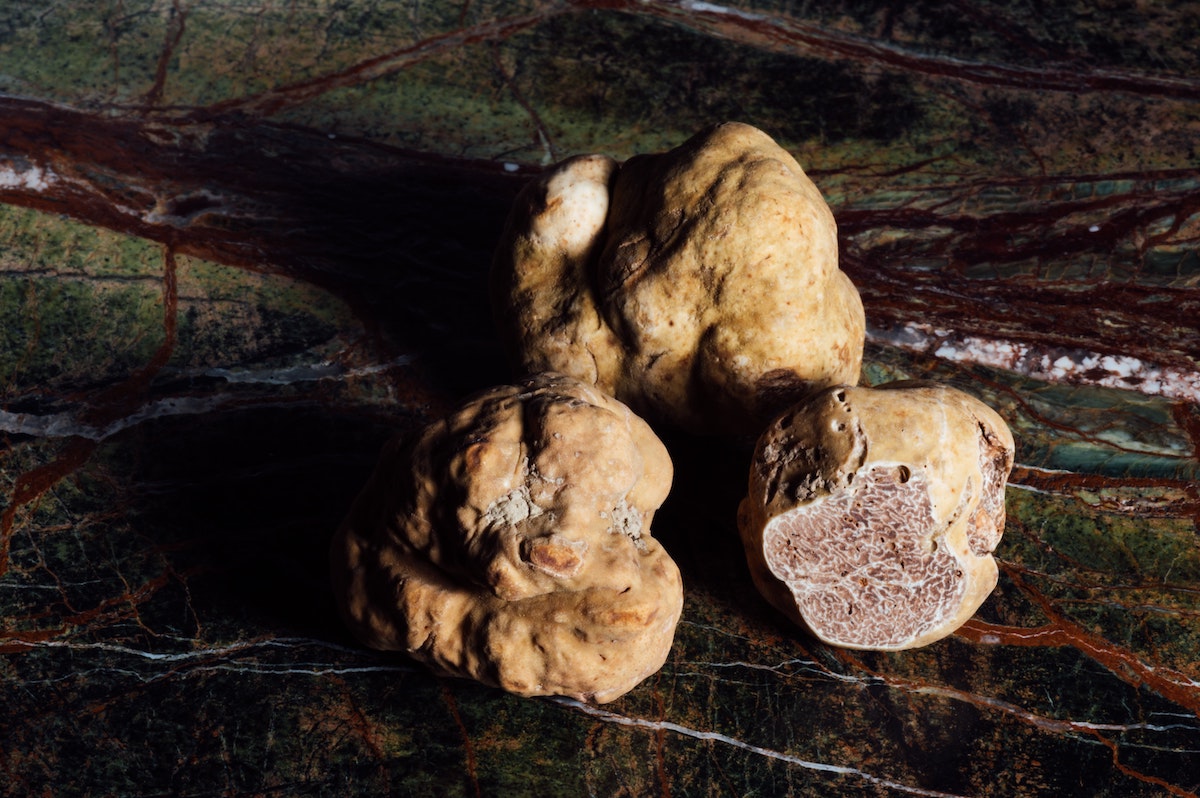
While truffles can be found in every Italian region, Tuscan truffles are among the most sought after. Not only are Tuscany’s woods home to multiple kinds of truffles (including the most valuable, the white truffle), there are ample opportunities for curious visitors to get a behind-the-scenes glimpse of truffle culture. Tuscany also hosts numerous truffle festivals each year, offering travelers and locals alike a chance to learn more about—not to mention taste—the famous fungus.
To set the stage for the modern-day worship of truffles, though, we’ve got to start with a little bit of time travel.
History and Culture of Truffle Hunting
Historical evidence of humans consuming truffles goes all the way back to the Persian Gulf area in the 20th century B.C. By the time ancient Romans were eating truffles in the first century A.D.—a practice they adopted from the Etruscans—the humble tuber had been elevated to something of a luxury item found mainly on the nobility’s tables.
The ancient Romans enjoyed eating truffles, but their mysterious origin led to some fanciful ideas. A Roman poet took inspiration from the notion that truffles were caused by lightning bolts to imagine that said lightning was thrown by Jupiter himself, while other common stories involved witchcraft. Not only that, many claimed truffles were aphrodisiacs.
It’s no surprise, then, that by the Middle Ages the church didn’t look too favorably on truffles. They were, at best, peasant food.
In the 14th century, the truffle began the rise to its former luxury status, becoming the sort of priceless gift one might give a king. Even when truffle cultivation was posited in the 19th and 20th centuries, this former “peasant food” lost none of its allure.
An entrepreneurial hotelier and tartufaio (truffle seller) in the Piedmont region, in an effort to make the region’s white truffles even more celebrated than black truffles, sent his white truffles to celebrities all over the world starting in 1949. Recipients included US President Truman, Winston Churchill, the Pope, and Marilyn Monroe. The marketing gambit was such a success that white truffles from Alba remain some of the most expensive today.
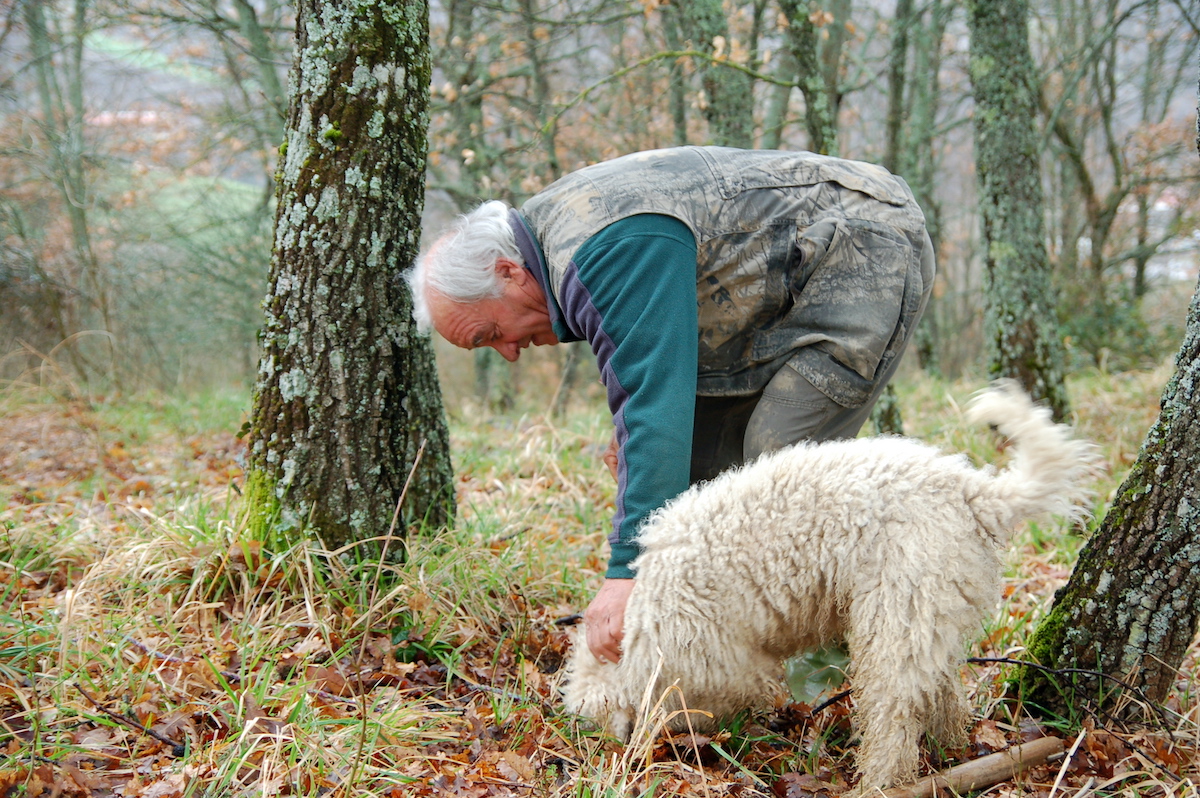
Truffle Hogs vs. Truffle Dogs
Because truffles have such a strong scent, the best truffle hunters have a keener sense of smell than humans do. Pigs were used as truffle hunters for centuries, since their natural food foraging techniques led them to the pungent tubers hiding underground. The trouble with truffle hogs, however, is twofold.
First, all that rooting around in the soil can damage the subterranean ecosystem that allows truffles to grow (using pigs to hunt truffles was banned in Italy in 1985). Second, and perhaps of more immediate concern, hogs have a tendency to quickly gobble up any truffles they find.
Today, truffle hunters use highly-trained truffle dogs to sniff out the tubers, which the dogs can be trained to simply identify and neither dig up nor eat. Good truffle dogs can cost thousands of dollars, and theft of dogs by rival truffle hunters isn’t uncommon.
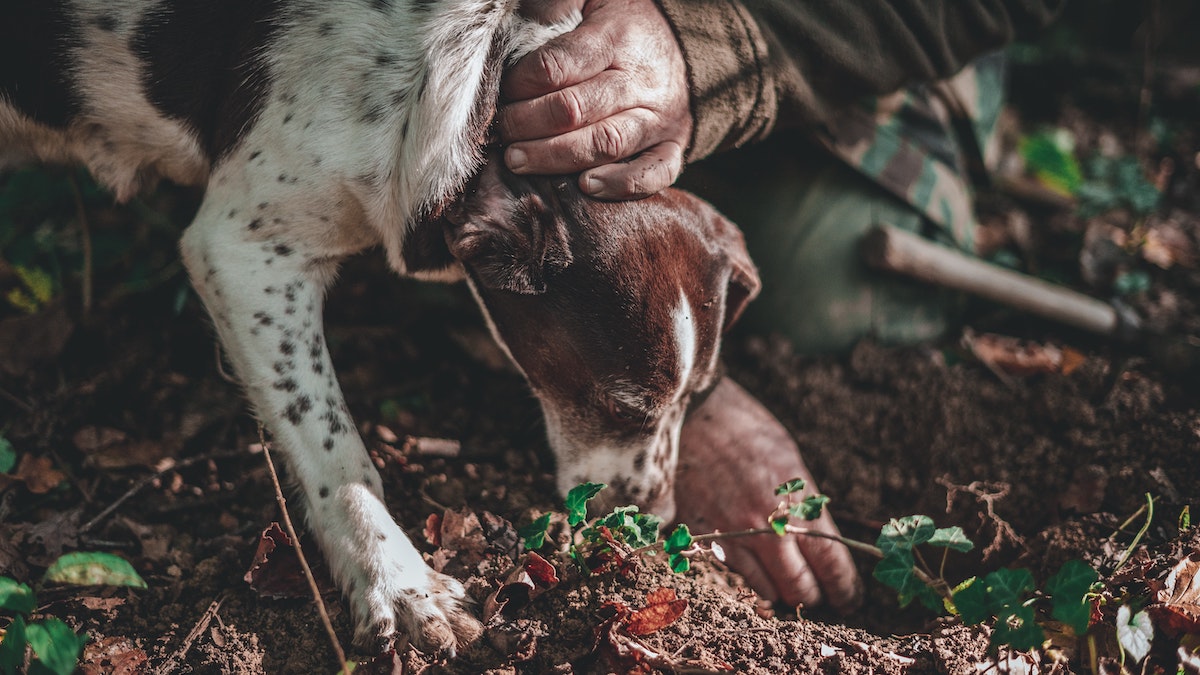
Where Truffles are Cultivated in Tuscany
Truffle hunters today know a great deal more about where truffles like to grow than the ancient Romans did, so finding them is less of a mystery and more of a science.
Traditionally, truffles are found around the base of oak trees, though truffles in Tuscany grow in areas that have a variety of trees—including hazel and pine. And because we now know more about how truffles grow, they can even be cultivated by infusing a sapling’s roots with truffle spores.
Whether you’re hunting or cultivating them, though, collecting truffles requires an abundance of time and patience.
Tuscany’s Truffle Zones
There are six areas where you can find truffles in Tuscany:
- The area around San Miniato is among the most prolific and hosts several truffle festivals throughout the year.
- The Mugello area, the Crete Senesi, and the Casentino Valley are all especially known for their white truffles. There’s even a truffle museum in San Giovanni d’Asso, near the Crete Senesi.
- The sandy soil of the coastal Maremma Grossetana helps make truffles easier to grow in the summer months, outside the usual truffle season.
- In Val Tiberina, an area stretching into both Tuscany and Umbria, the truffle festivals are in the autumn.
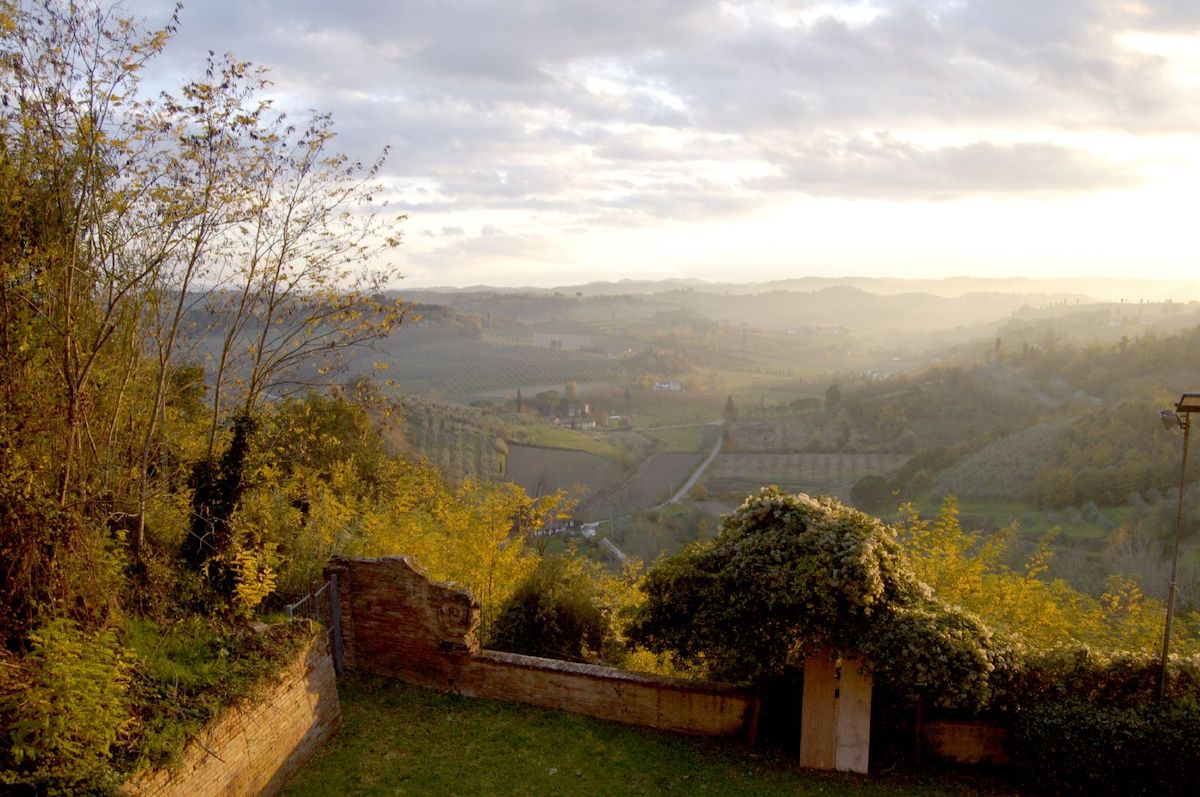
Typical Tuscan Dishes Made With Truffles
Because of their high price tag, truffles are almost always used sparingly, often as a garnish. The heat rising from the dish is generally the only heat a truffle needs to enhance its flavor and aroma. (White truffles in particular are delicate enough that cooking them is almost sacrilegious.)
What’s more, since people who love truffles don’t want that flavor to compete with anything else, the dishes in which truffles feature most commonly are relatively mild in flavor on their own.
During truffle season (and depending on where you are), you may find the option to add truffle shavings to all sorts of traditional Tuscan fare, but a few popular Tuscan truffle dishes to look for specifically are:
- Pasta with a simple butter sauce
- Risotto bianco, made with only butter and Parmigiano
- Carpaccio
- Poached or gently fried eggs
And then, with each dish listed above, the simple becomes sublime when thin truffle slices are shaved over the top.
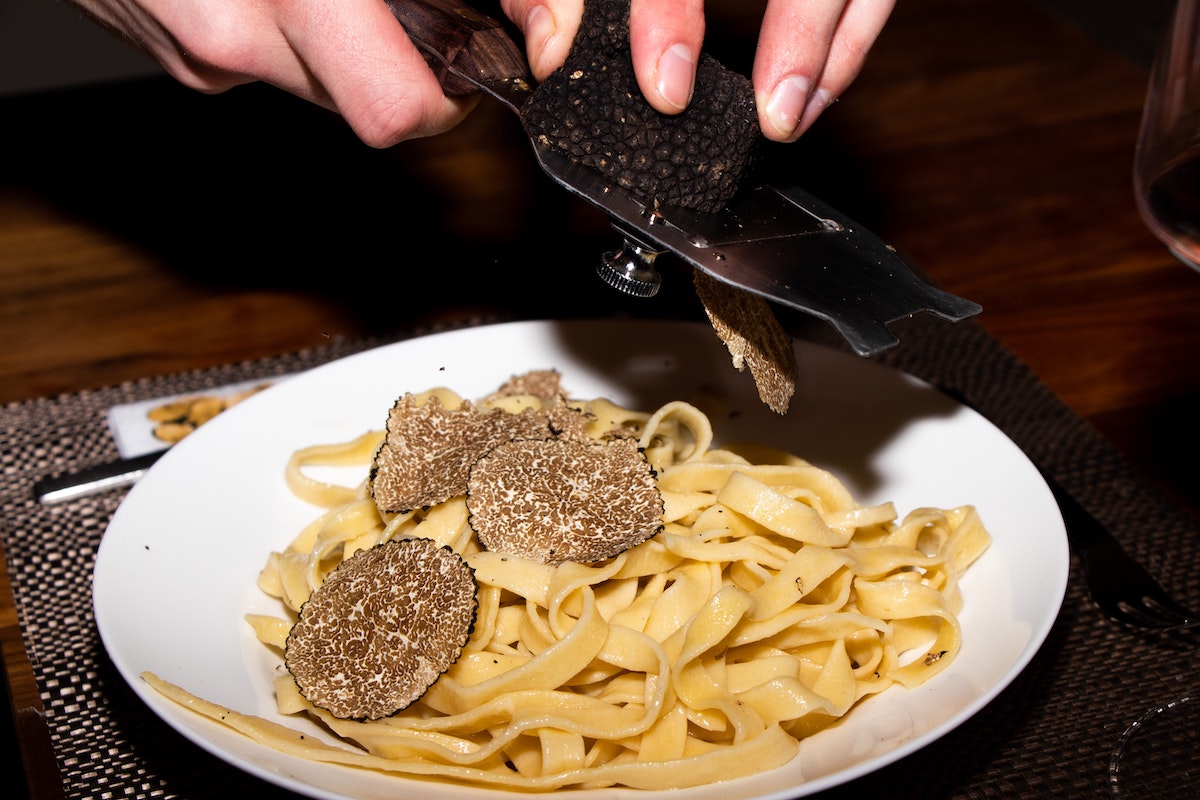
Where to Eat Truffles in Florence
Visiting Tuscany during truffle season means you’re likely to find truffles on a number of menus in Florence. There are, however, a few places with long-established reputations for allowing truffles to truly shine.
The Savini family boasts four tartufaio generations in Tuscany. They operate a shop and casual bar in Florence’s Mercato Centrale called Il Tartufo, and also make truffle products you can bring home as souvenirs.
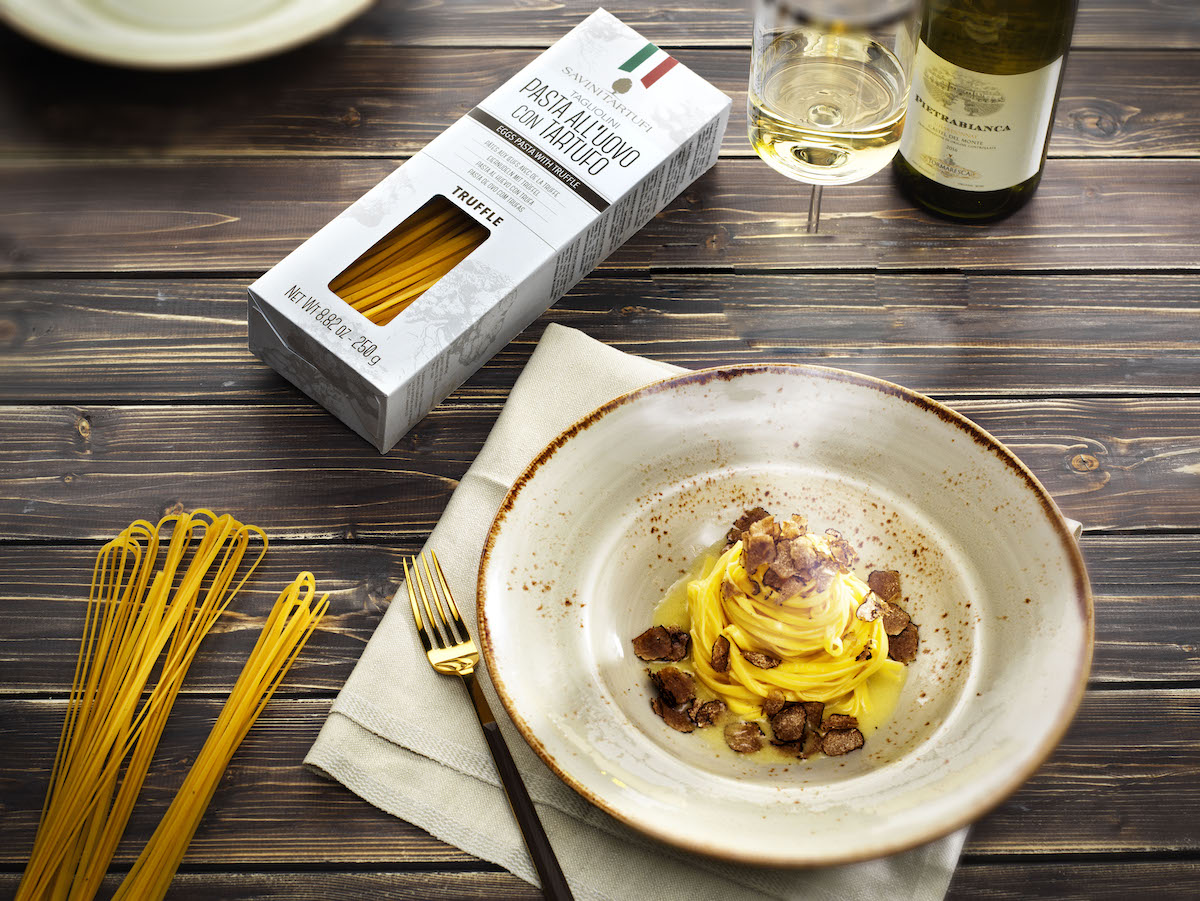
Insider’s tip: Looking for other items to pick up on your trip? Check out our article on souvenirs from Florence!
Procacci 1885 (Via de’ Tornabuoni, 64R) is part deli, part wine bar, and you can nibble on truffle panini while you browse a variety of truffle products to bring home with you.
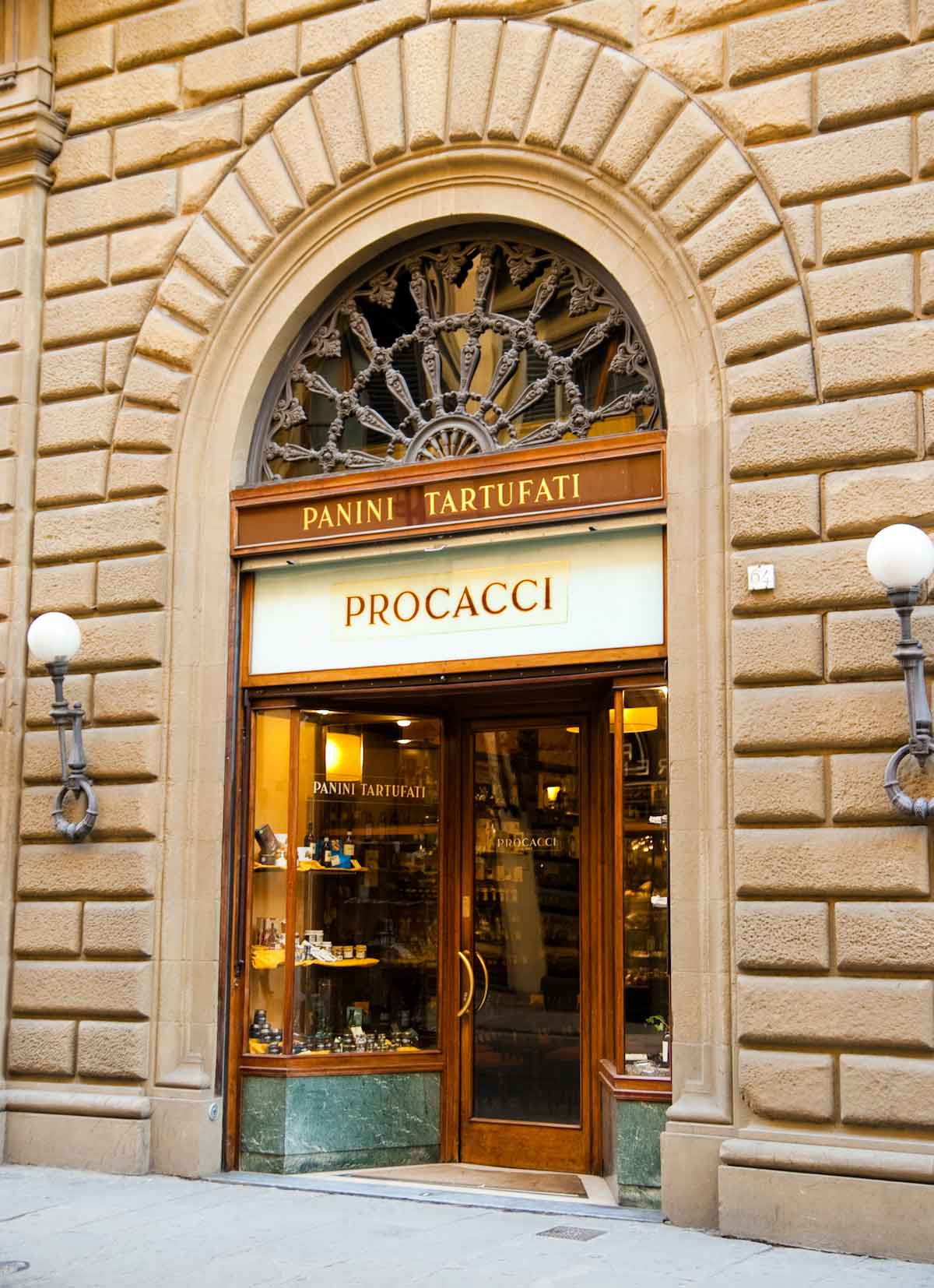
Another restaurant in Florence known for their truffle dishes is Osteria delle Tre Panche, which has an enviable location atop the Hotel Hermitage in the historic center.
Depending on when you visit Florence, you may also want to add a truffle festival to your itinerary. The San Miniato Truffle Fair takes place in November and it’s less than 30 miles away by car.


